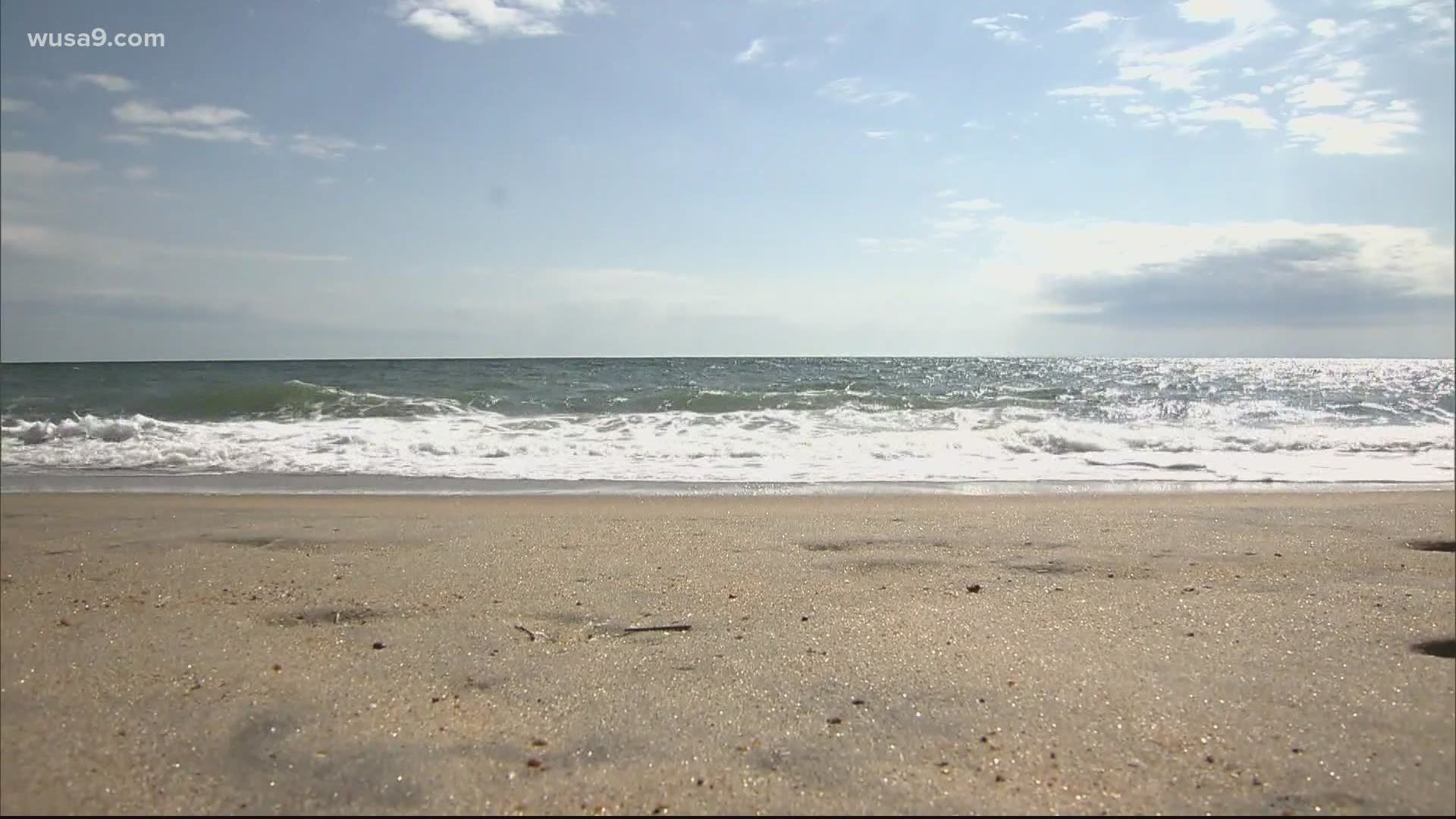PRINCE GEORGE'S COUNTY, Md. — (Editor's Note: the video above is from a story in May, 2021)
A man was found dead Sunday at a state park in Annapolis after officials say he drowned.
Around 12:30 p.m., the Maryland Natural Resources Police responded to Sandy Point State Park and ultimately an unresponsive man was pulled from the water.
According to officers, the victim and family launched their boat from Sandy Point to go fishing. While the family was out on the water, the 43-year-old from Prince George's County jumped in the bay to cool off and got swept away in the current.
"The family waved for help and people in another boat found him and pulled him out of the water and brought him to the marina," police said; at which point they also responded to the scene.
Police added that their officers did perform lifesaving rescue measures until relieved by emergency personnel, however, they were unsuccessful in resuscitating the man.
The National Ocean Service details key tips for when swimmers find themselves swept up in a rip current.
The service says that rip currents often form around low spots or breaks in sandbars, and also near structures such as jetties and piers.
"A rip current, sometimes incorrectly called a rip tide, is a localized current that flows away from the shoreline toward the ocean, perpendicular or at an acute angle to the shoreline. It usually breaks up not far from shore and is generally not more than 25 meters (80 feet) wide," they explain on their website.
They added that rip currents typically reach speeds of one to two feet per second, and some can even get up to eight feet per second, "faster than any Olympic swimmer ever recorded." They also shared that If wave activity is slight, several low rip currents can form, in various sizes and velocities; the heavier the wave action, the fewer, more concentrated rip currents can be.
The service specified that, because rip currents move perpendicular to shore and can be very strong, beach swimmers should always be careful and note that a person can easily get caught in a rip and swept away from shore extremely quickly.
"The best way to escape a rip current is by swimming parallel to the shore instead of towards it, since most rip currents are less than 80 feet wide," NOAA said. "A swimmer can also let the current carry him or her out to sea until the force weakens because rip currents stay close to shore and usually dissipate just beyond the line of breaking waves. Occasionally, however, a rip current can push someone hundreds of yards offshore."
They said that the most important thing to remember is not to panic.
"Continue to breathe, try to keep your head above water, and don’t exhaust yourself fighting against the force of the current."

